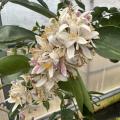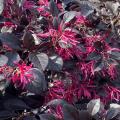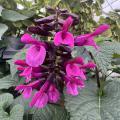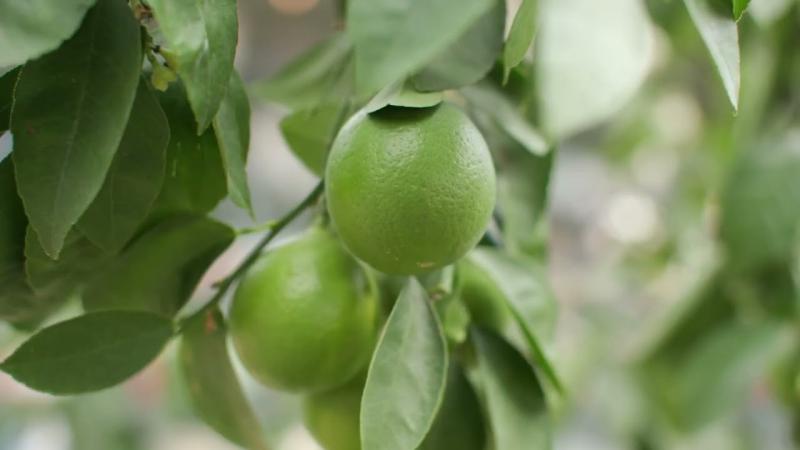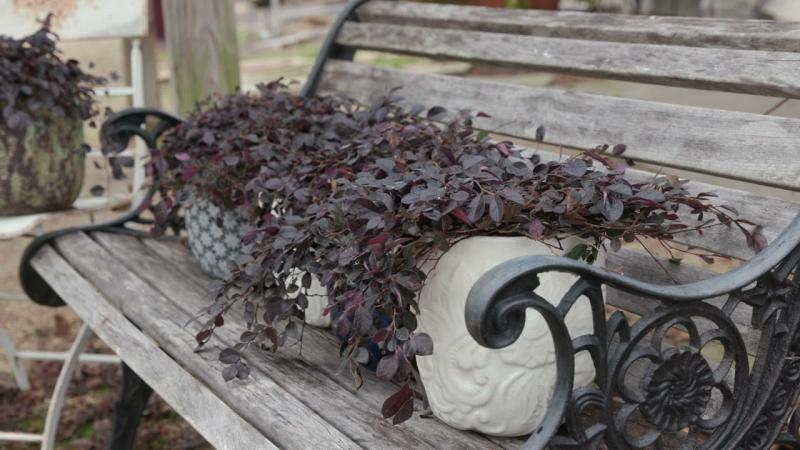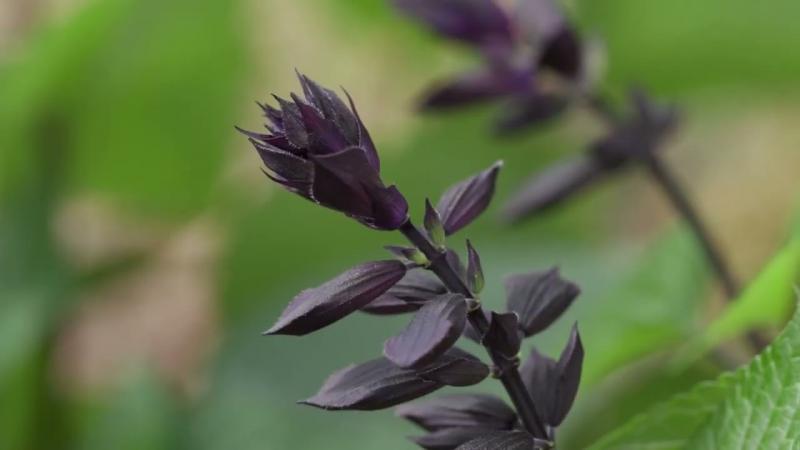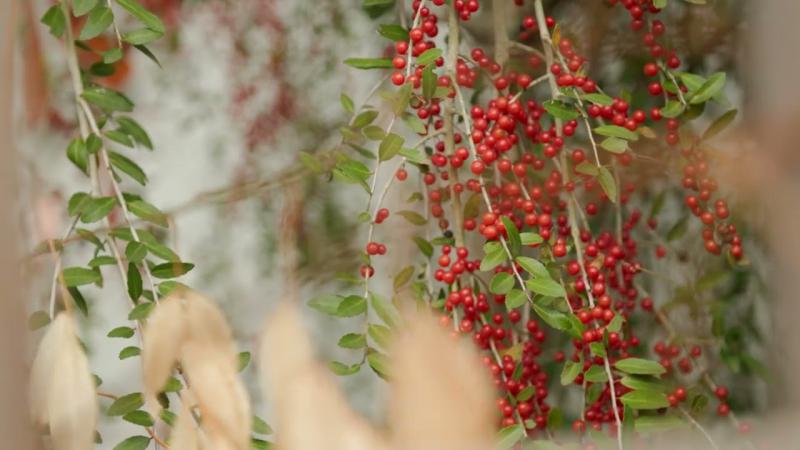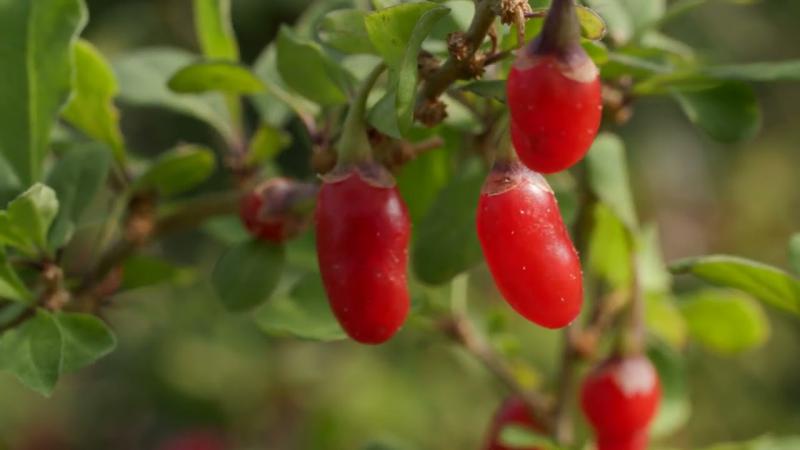Soil Preparation
Soil preparation is the most crucial step in success with annuals. Roots of annuals have to penetrate soils quickly, anchor plants, and absorb water and nutrients in one season, often under adverse conditions. Most Mississippi soils can be improved with cultivation and the addition of other ingredients.
Cultivating wet soils may cause lumping and shallow "pans," which resist air, water, and root penetration. Soil that is ready for cultivation holds its shape when squeezed, but crumbles easily. Power tillers are useful for preparing large areas, but may create a compacted zone in the soil directly under the tilled area. Use a digging fork to help avoid soil compaction.
The first step in preparing a bed for annual plants is to remove any unwanted plants with a hoe and rake or with a nonselective contact herbicide. After weeds have been removed or killed, dig the soil a shovel's depth; deeper soil preparation is normally not necessary. To prevent resprouting, remove grass and weed roots while turning the soil. Break clods and lumps into smaller pieces.
Add 3 to 4 inches of organic material, such as composted leaf and yard litter, pine bark, peat moss, or composted manure. Then add an inch or two of sharp sand if the soil is heavy. Also, if the soil test indicates a need for lime or fertilizer supplements, spread them at the recommended rate over the top at this time. Mix amendments together, blending the organic matter, sand, and fertilizers. Rake the prepared bed smooth when finished.
Publications
News
Growing citrus in containers has been a rewarding experience for me and some of my friends, and it might be something you should consider for your own landscape.
Loropetalums have a bold beauty in landscapes that I admire, but I’ve noticed that the traditional, large varieties can sometimes be a bit overwhelming in small garden spaces.
If you’re looking for plants that are easy to grow, bloom nonstop and attract a flurry of pollinators, let me introduce you to two standout salvias: Rockin’ Deep Purple and Unplugged Pink.
These vibrant, long-blooming beauties not only add stunning color to the garden but also provide essential nectar for hummingbirds, butterflies and bees.


